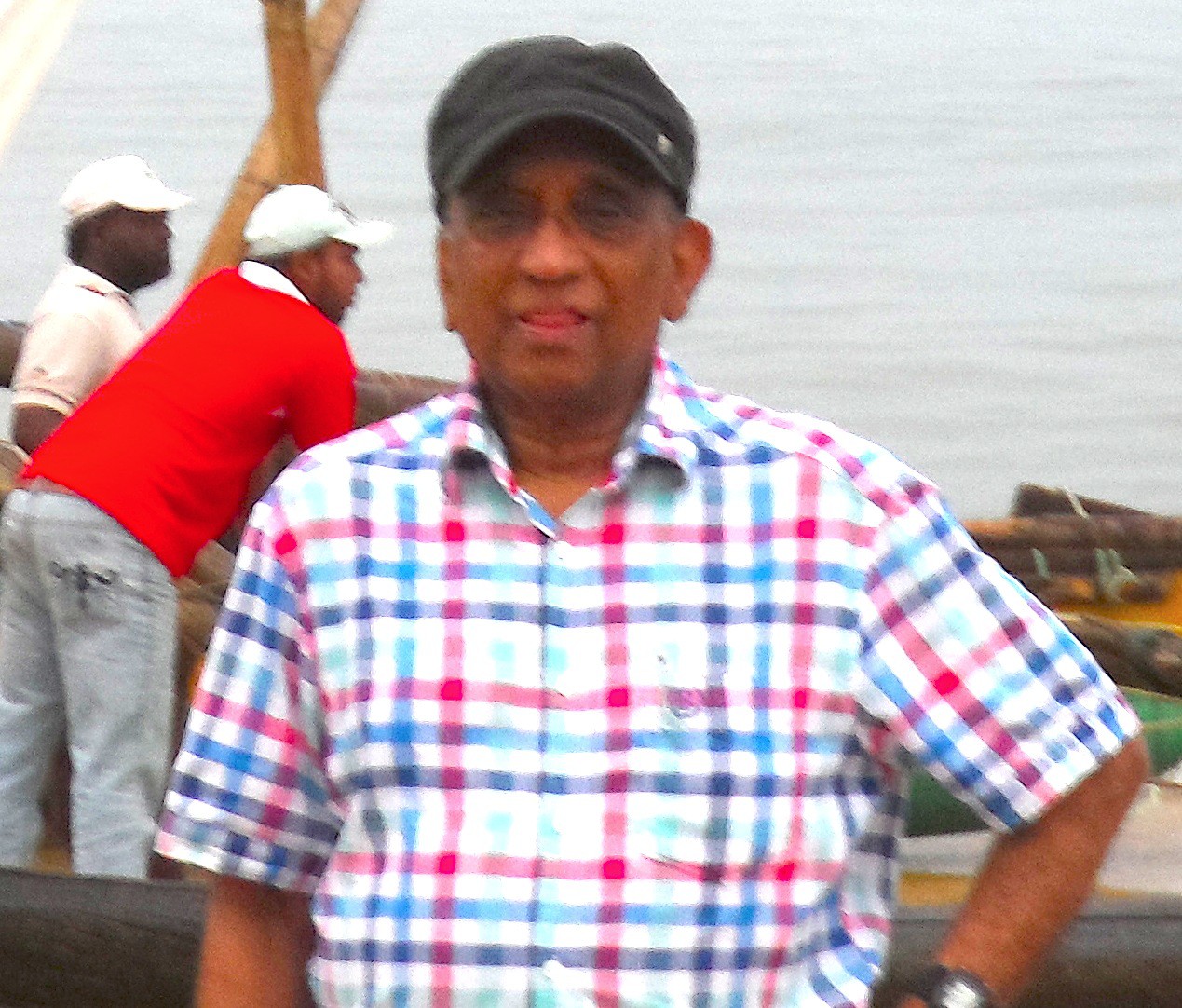
Jay Rasaiah received his Ph.D. in Chemistry in 1965 from the University of Pittsburgh under the direction of Professor Henry S. Frank for research on the thermodynamics of the zinc sulfate electrolyte in heavy water. He was a postdoctoral fellow with Professor Harold Friedman at SUNY Stony Brook from 1966-68 where he did theoretical work on ionic solutions and collaborated with Professor George Stell on perturbation theories of polar and nonpolar fluids. He was appointed Assistant Professor of Chemistry at Stony Brook in 1968, joined the University of Maine in 1969 followed by promotion to Associate Professor with tenure in 1972. He and Ian McDonald were amongst the first, with G.Patey and J.Valleau, to calculate the potential of average force between two ions in solution at a CECAM workshop at Orsay, France in the summer of 1974. Rasaiah was a Science Research Council (SRC) fellow at Oxford University from 1975-76 hosted by Professor John Rowlinson . He was promoted to Professor of Chemistry at UMaine in 1978 and became a Cooperating Professor of Physics in 1996. He is a Fellow of the American Physical Society in 2006 for "pioneering contributions to fundamental electrolyte theory, the thermodynamics of polar fluids, the transport of ions in polar solvents and water through carbon nanotubes, and studies of water in nonpolar cavities." Particularly noteworthy is his study, with Hummer and Noworyta, of water conduction through carbon nanotubes, reported in Nature 414, 188, 2001 ( ~ 1700 citations as of June 30 2014 - source Google scholar citations). He has held visiting appointments at the Australian National University, Canberra, the Royal Military College, Campbell Australia, The National Institutes of Standards and Technology in Gaithersburg and the National Institutes of Health in Bethesda, MD. He is active in research and continues to teach graduate and undergraduate courses at UMaine. A symposium honoring his scientific contributions was held at the 248th ACS national meeting in San Francisco August 9-11, 2014. He acknowledges the contributions of his students and collaborators throughout his career and the encouragement and instruction of teachers and mentors at Pittsburgh and Stony Brook.
